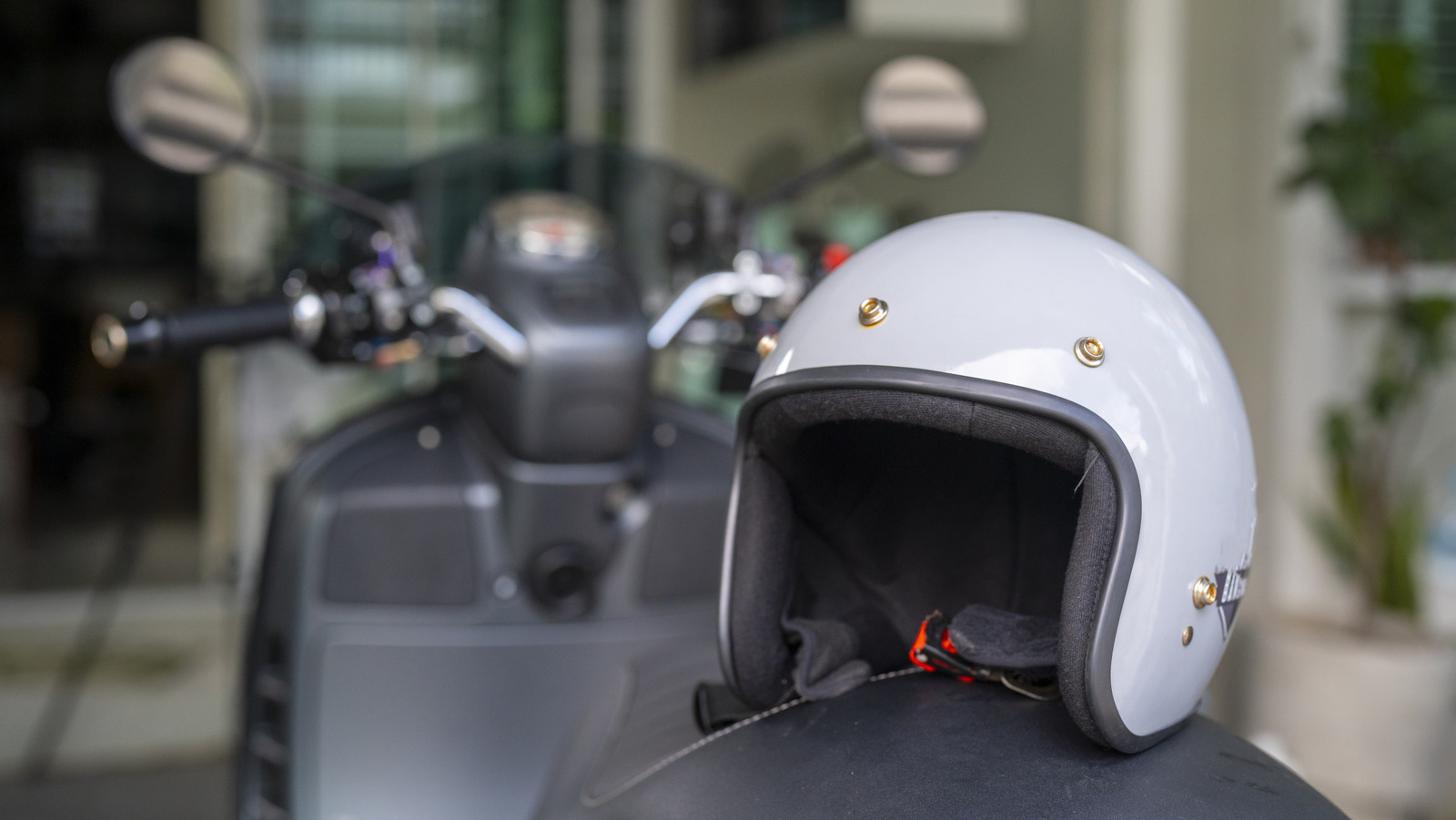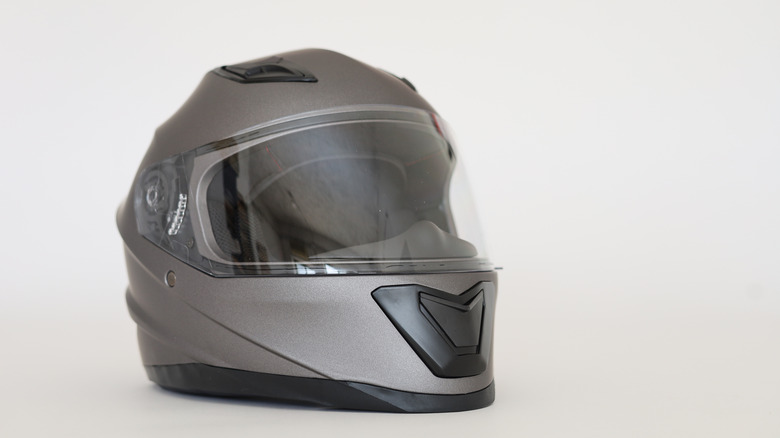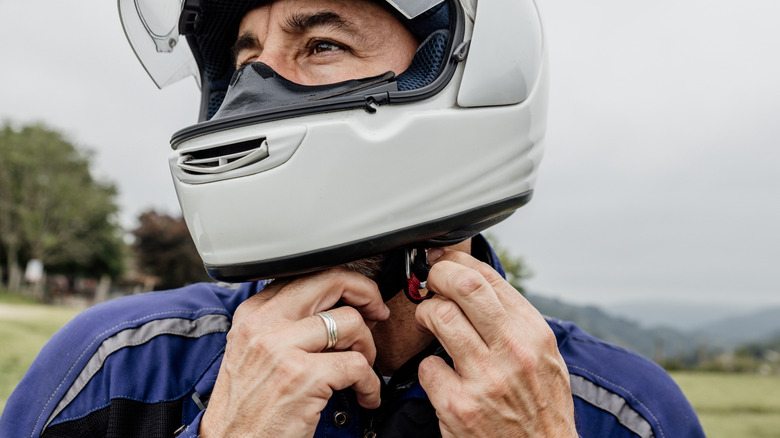So you’ve decided to get into motorcycling. Great! Welcome, we’re happy to have you. There are a few things you’re going to need in order to start your new life on two wheels, but chief among them is a simple bit of safety kit: A helmet. It’s relatively cheap and easy to find a road-legal helmet in the United States, but getting one that’ll actually protect your head in a crash is a little bit harder.
You can wander on to Amazon and get a Department of Transportation–certified lid for as low as $33, and you’ll be perfectly legal to operate a two-wheeled motor vehicle on American roads. I can’t stop you! But what I can do is give you the tools to seek out something safer, something more protective, and show you how to find a helmet that’ll actually be good for you. You don’t have a $33 head, so don’t get a $33 helmet. As for what you should get, read on.
What’s really safe?
The issue with DOT regulations for helmets is that they haven’t been meaningfully updated since 1974, despite how much we’ve learned about head and brain injuries during that time. Worse still, DOT doesn’t even test helmets — it relies on helmet makers to pinky-swear that they’re building helmets to the lax 1974 standard for safety, and DOT takes those manufacturers at their word. DOT helmets can limit your risk of a skull fracture, but they’re unlikely to do much to protect you from concussion. Of course, if a cheap manufacturer skimps on testing, the helmets may not protect you from anything at all.
Luckily, the United States has a better way to certify helmet safety: The Snell Memorial Foundation, which sets more stringent rules for helmets. Snell and DOT both base their certifications off of blunt force, how much impact a helmet absorbs versus what’s passed on to the wearer, but Snell requires that a helmet absorb much more force than DOT. Snell also requires that a helmet survive two impacts on the same spot, though you shouldn’t rely on that to mean you can keep riding in a crashed lid. If you’ve had a meaningful impact in a helmet, just swap it out.
Even Snell isn’t the king of the helmet safety pile, though. That honor goes to the Economic Commission for Europe and its ECE 22.06 standard, which goes further than mere impact absorption — it also accounts for our modern understanding of how brains get bounced around within skulls, and aims to prevent concussions rather than just skull fractures. If you’re in the market for a helmet, this is where you should be looking. Full stop. Helmets certified by the Fédération Internationale de Motocyclisme are more or less this standard under another name, with enough slight tweaks to call it technically safer, so FIM lids will do as well.
Okay, ECE 22.06 it is, what’s next?
Now that you’re able to narrow your search down by safety certification, it’s time to look at the shape of your head. Looking down at your own skull from the top, is it perfectly round? Longer front to back? It’s possible to identify this with a camera, tripod, and patience, but if you’re an adherent to the style trend known as “having hair” it can be difficult. Instead, there’s a better way: Just find a store that sells a few different brands of helmets and start trying them on.
Most Americans fall somewhere into the “intermediate oval” head shape, and most helmets in our market are shaped to match. But every brand has its own intricacies, even within the broad head-shape categories, and you really don’t need to go all phrenological with a set of calipers to figure it out. Just take some time, go to a dealer or gear store that sells multiple brands of helmets, and try a few different lids on for a while — ten minutes per helmet, at least. That’ll give you time to feel for hot spots, areas where there’s more pressure on your head than you’d like. If a helmet has hot spots that you can’t fix by shifting movable padding around, it’s not the helmet for you.
Once you have a set of safety standards and a few brands you like, the rest all comes down to features. Do you run hot? Get something with a lot of ventilation, like a dual-sport or adventure lid. Ride in the rain? Look for a helmet with a Pinlock system, a sort of double-pane visor that prevents fogging. Want to listen to music or get navigation directions while you ride? Don’t shell out extra for a helmet with built-in bluetooth — just get a third-party comm system from Cardo or Sena, whichever brand your friends have, and mount it to the side of whatever helmet you buy.
Safety, sizing, features. These criteria give you plenty of room to find a helmet you like, but they’ll ensure it’s a helmet that’ll be truly good for you in the long run — protective, comfortable, and not leaving you wishing you’d bought something else. Now, get shopping, because riding season’s ticking down with every passing day. You don’t want to miss out, do you?





